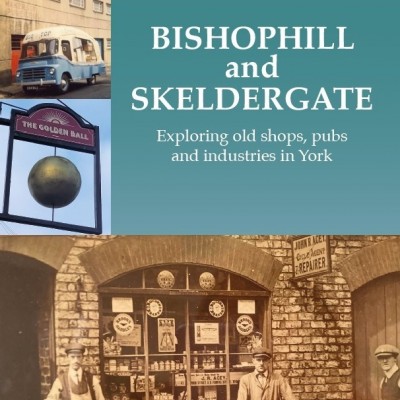30th May 2022




View navigation
30th May 2022
 The bombing raid on 28/29 April started at 2.30 am and finished some 90 minutes later. It left 94 men, women and children in the city and its suburbs either dead, or so badly injured they were to later die. In all, 84 tonnes of bombs were dropped, together with clusters of incendiary devices, and German planes dive-bombed streets, strafing them with machine gun fire. The Railway Station and the Bar Convent were amongst buildings hit, with its east wing totally destroyed. In all 238 people were injured.
The bombing raid on 28/29 April started at 2.30 am and finished some 90 minutes later. It left 94 men, women and children in the city and its suburbs either dead, or so badly injured they were to later die. In all, 84 tonnes of bombs were dropped, together with clusters of incendiary devices, and German planes dive-bombed streets, strafing them with machine gun fire. The Railway Station and the Bar Convent were amongst buildings hit, with its east wing totally destroyed. In all 238 people were injured.